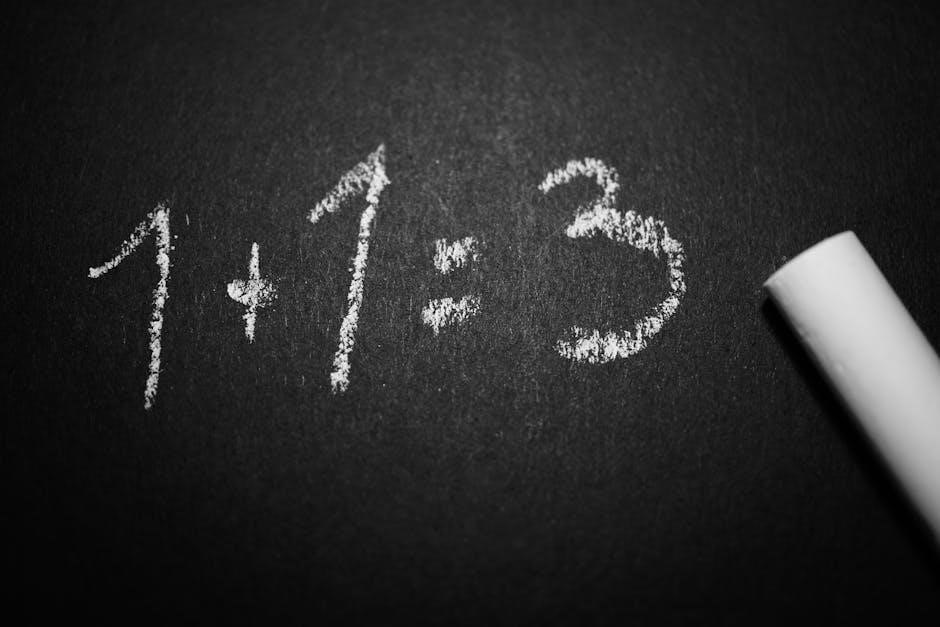Mastering the multiplication of mixed numbers is essential for building strong fraction skills. This worksheet provides a comprehensive guide to practicing and understanding the process, ensuring confidence in solving real-world problems involving mixed numbers.
What Are Mixed Numbers?
Mixed numbers are a combination of a whole number and a proper fraction, representing quantities greater than a whole but less than the next whole number. For example, 1 1/2 or 2 3/4. These numbers are essential in everyday applications like cooking and construction, where measurements often fall between whole numbers. Understanding mixed numbers is fundamental for fraction operations, including multiplication, as they provide a clear and intuitive way to represent partial quantities. Worksheets on multiplying mixed numbers often include exercises to convert between mixed numbers and improper fractions, simplifying the multiplication process and enhancing mathematical fluency.
Importance of Learning to Multiply Mixed Numbers
Mastering the multiplication of mixed numbers is crucial for developing a strong foundation in fraction operations. Mixed numbers are frequently used in real-world scenarios, such as cooking, construction, and finance, where precise measurements and calculations are essential. Understanding how to multiply mixed numbers enhances problem-solving skills and math fluency. It also builds confidence in handling complex fraction operations, which are critical for advanced mathematics. Worksheets focused on multiplying mixed numbers provide structured practice, helping learners grasp the concept through repetition and visualization. This skill is foundational for higher-level math and practical applications, making it an essential part of a math education.
Overview of Multiplying Mixed Numbers Worksheet PDF
The Multiplying Mixed Numbers Worksheet PDF is a comprehensive resource designed to help students master the multiplication of mixed numbers. It includes a variety of practice problems, step-by-step instructions, and visual aids to make learning engaging and effective. The worksheet is ideal for grade levels 4-7 and is available for free, making it easily accessible for both teachers and students. By using this worksheet, learners can improve their understanding of fraction multiplication, enhance their math skills, and apply these concepts to real-world scenarios. It is a valuable tool for reinforcing classroom lessons and ensuring long-term retention of mixed number multiplication.

Understanding Mixed Numbers
Mixed numbers combine whole numbers and fractions, representing quantities like 1 1/2 or 2 3/4. They are essential in real-world applications, such as cooking and construction, where precise measurements are critical.
Definition and Examples of Mixed Numbers
A mixed number is a whole number combined with a fraction, such as 1 1/2 or 2 3/4. It represents a value greater than a whole number but less than the next whole number. For example, 3 2/5 means three whole units plus two-fifths of another unit. Mixed numbers are commonly used in everyday situations, like measuring ingredients for a recipe or determining distances in construction projects. They are written with the whole number first, followed by the fraction, and are useful for simplifying complex fractions into more understandable values. Understanding mixed numbers is crucial for advanced math operations.
Converting Mixed Numbers to Improper Fractions
To convert a mixed number to an improper fraction, follow these steps:
- Identify the whole number, numerator, and denominator. For example, in the mixed number (2 rac{3}{4}), the whole number is 2, the numerator is 3, and the denominator is 4.
- Multiply the whole number by the denominator. In this case, (2 imes 4 = 8).
- Add the numerator to this product. So, (8 + 3 = 11).
- Place the result over the original denominator. This gives the improper fraction ( rac{11}{4}).
For instance, (2 rac{3}{4}) becomes ( rac{11}{4}). This method ensures the mixed number is accurately converted into an improper fraction, facilitating operations like multiplication and division.
Converting Improper Fractions to Mixed Numbers
Converting improper fractions to mixed numbers involves dividing the numerator by the denominator to find the whole number and the remainder. For example, to convert ( rac{11}{4} ) to a mixed number:
- Divide 11 by 4, which gives 2 with a remainder of 3.
- Place the remainder over the original denominator to get ( 2 rac{3}{4} ).
This process is essential for understanding how to work with mixed numbers in multiplication and division problems. Practice worksheets on multiplying mixed numbers often include exercises to reinforce this conversion skill, ensuring students can easily switch between improper fractions and mixed numbers as needed.
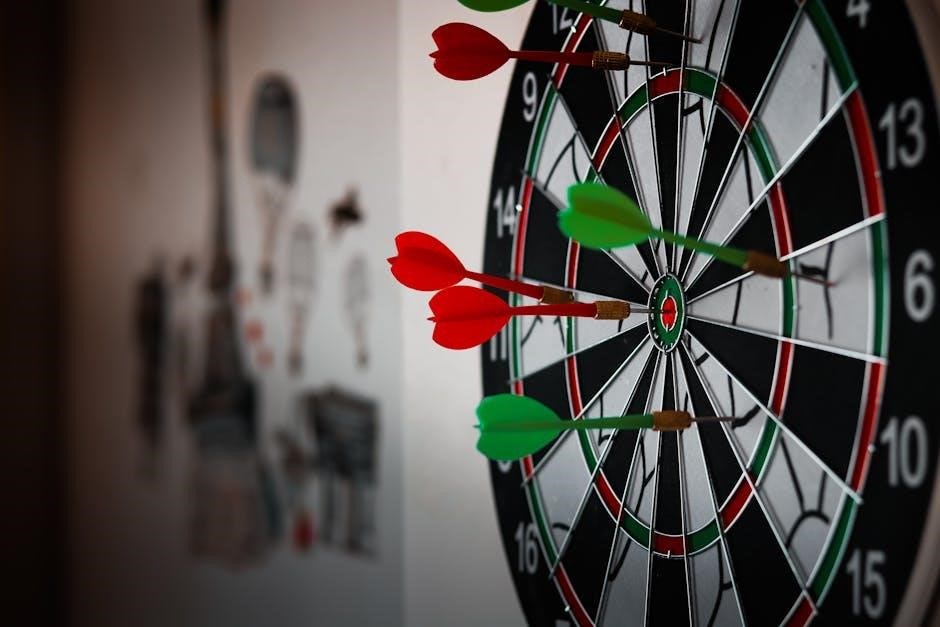
Methods for Multiplying Mixed Numbers
Explore effective techniques like the lattice method, standard algorithm, and visual aids to master multiplying mixed numbers. Each method offers unique benefits for different learning styles.
Lattice Method for Multiplying Mixed Numbers
The lattice method is a visual and structured approach to multiplying mixed numbers. By converting mixed numbers to improper fractions and arranging them in a grid, students can systematically multiply numerators and denominators. This method helps break down complex multiplication into manageable steps, making it easier for learners to understand the process. The lattice grid provides a clear visual representation, reducing errors and enhancing comprehension. Worksheets often include lattice templates, guiding students through each stage, from setup to final simplification, ensuring a thorough grasp of mixed number multiplication.
Standard Algorithm for Multiplying Mixed Numbers
The standard algorithm for multiplying mixed numbers involves a straightforward, step-by-step approach. First, convert each mixed number to an improper fraction by multiplying the whole number by the denominator and adding the numerator. Next, multiply the numerators together and the denominators together. Simplify the resulting fraction by dividing both the numerator and denominator by their greatest common divisor. If the result is an improper fraction, convert it back to a mixed number for the final answer. This method is widely taught due to its clarity and consistency, making it easier for students to grasp and apply in various mathematical problems.
Using Visual Aids to Multiply Mixed Numbers
Visual aids are invaluable for teaching mixed number multiplication, offering a concrete way to grasp abstract concepts. Methods like the lattice and grid techniques break down the process into manageable parts, reducing errors by clearly showing each step. These tools engage students, making learning interactive and fun. Printable worksheets with visual elements provide structured practice, while colors and diagrams help differentiate problem components. Tools like fraction bars and interactive manipulatives enhance understanding by visually representing ‘parts of a whole.’ Overall, visual aids make multiplication of mixed numbers more accessible and engaging, reinforcing learning through hands-on and visual experiences.

Practice Worksheets for Multiplying Mixed Numbers
Free printable PDF worksheets offer targeted practice for multiplying mixed numbers, suitable for grades 4-7. Interactive and timed activities enhance learning, ensuring mastery through regular practice and engagement.
Free Printable PDF Worksheets for Mixed Number Multiplication
Download free printable PDF worksheets designed to help students master mixed number multiplication. These resources include step-by-step guides, various problem sets, and interactive activities to engage learners. Suitable for grades 4-7, the worksheets cover converting mixed numbers to improper fractions, simplifying results, and real-world applications. Regular practice with these materials builds confidence and fluency in handling mixed number operations, ensuring a solid foundation in fraction multiplication. Perfect for classroom or home use, these worksheets are customizable to meet individual learning needs, making them an ideal tool for teachers and parents alike.
Worksheets for Different Grade Levels (4-7)
These worksheets are tailored to meet the needs of students in grades 4 to 7, providing a gradual progression in difficulty. Grade 4 worksheets focus on basic concepts, while higher grades introduce more complex problems. Each set includes a variety of exercises, from simple mixed number multiplication to real-world applications. Interactive formats, such as coloring activities and word problems, keep learning engaging. The resources are designed to improve understanding and confidence in handling mixed numbers, making them ideal for both classroom and home use. Regular practice with these grade-specific worksheets ensures a strong foundation in fraction multiplication skills.
Interactive and Timed Worksheets for Enhanced Learning
Interactive and timed worksheets are dynamic tools designed to make learning multiplication of mixed numbers engaging and effective. These resources often include activities like math riddles, scoot games, and task cards that encourage active participation. Timed exercises help students improve their speed and accuracy, while interactive elements cater to different learning styles. Many worksheets incorporate visual aids, such as the lattice method or standard algorithm, to simplify complex concepts. Additionally, immediate feedback and progress tracking features motivate students to practice regularly. These innovative tools are perfect for classroom use or home study, ensuring a fun and efficient learning experience for all skill levels.
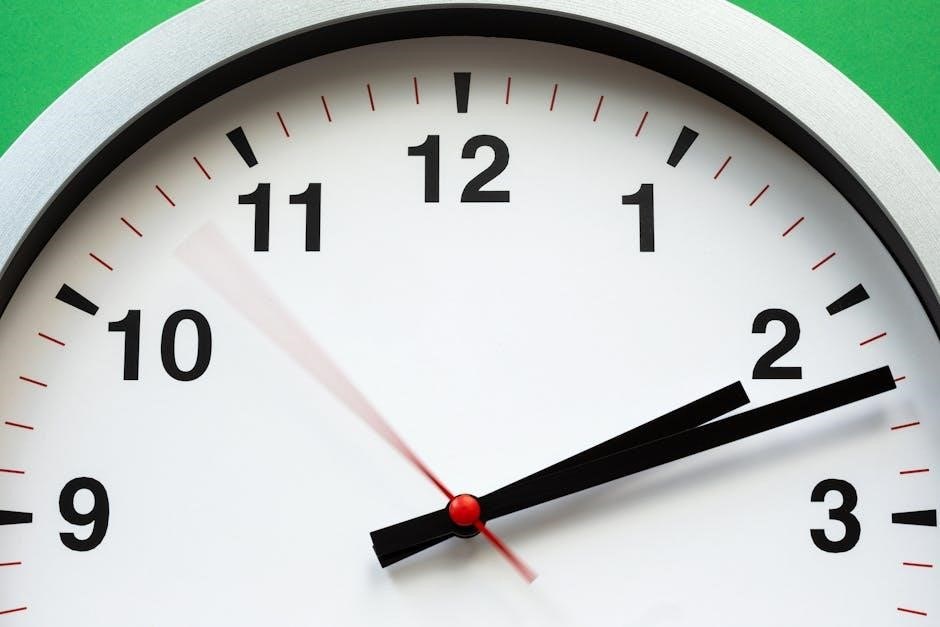
Step-by-Step Guide to Multiplying Mixed Numbers
Step 1: Convert mixed numbers to improper fractions for easier multiplication.
Step 2: Multiply the numerators together and the denominators together.
Step 3: Simplify the resulting fraction.
Step 4: Convert back to a mixed number if necessary.
Step 1: Convert Mixed Numbers to Improper Fractions
To multiply mixed numbers, first convert them to improper fractions. This involves multiplying the whole number by the denominator, adding the numerator, and placing the result over the original denominator. For example, 3 1/2 becomes 7/2 by calculating 3 × 2 + 1 = 7. This step simplifies the multiplication process by eliminating the whole number part. Ensure the conversion is accurate to avoid errors in subsequent steps. Properly converted improper fractions make the multiplication straightforward and efficient. This foundational step is crucial for successful mixed number multiplication. Always double-check your conversions for accuracy.
Step 2: Multiply the Numerators and Denominators
After converting mixed numbers to improper fractions, multiply the numerators together and the denominators together. For example, to multiply 7/2 and 5/3, multiply the numerators: 7 × 5 = 35, and the denominators: 2 × 3 = 6, resulting in 35/6. This step ensures the fractions are multiplied correctly. It’s important to perform the multiplication accurately to avoid errors in the final result. Always double-check the multiplication of both numerators and denominators before proceeding to the next step. This step is straightforward but requires attention to detail for accuracy. Proper multiplication here sets the stage for simplification.
Step 3: Simplify the Resulting Fraction
After multiplying the numerators and denominators, simplify the resulting fraction by finding the greatest common divisor (GCD) of the numerator and denominator. For example, if the result is 35/6, check if both numbers can be divided by a common factor. Since 35 and 6 have no common factors other than 1, the fraction is already in its simplest form. If simplification is possible, divide both the numerator and denominator by their GCD. This step ensures the fraction is reduced to its lowest terms, making it easier to interpret and use in further calculations or conversions to mixed numbers if needed.
Step 4: Convert Back to a Mixed Number if Necessary
After simplifying the fraction, check if it is an improper fraction. If the numerator is larger than the denominator, convert it back to a mixed number. Divide the numerator by the denominator to find the whole number, then write the remainder over the original denominator. For example, if the simplified fraction is 7/4, divide 7 by 4 to get 1 with a remainder of 3, resulting in 1 3/4. This step ensures the answer is presented in a clear, interpretable format, making it easier to understand and apply in real-world scenarios where mixed numbers are commonly used.
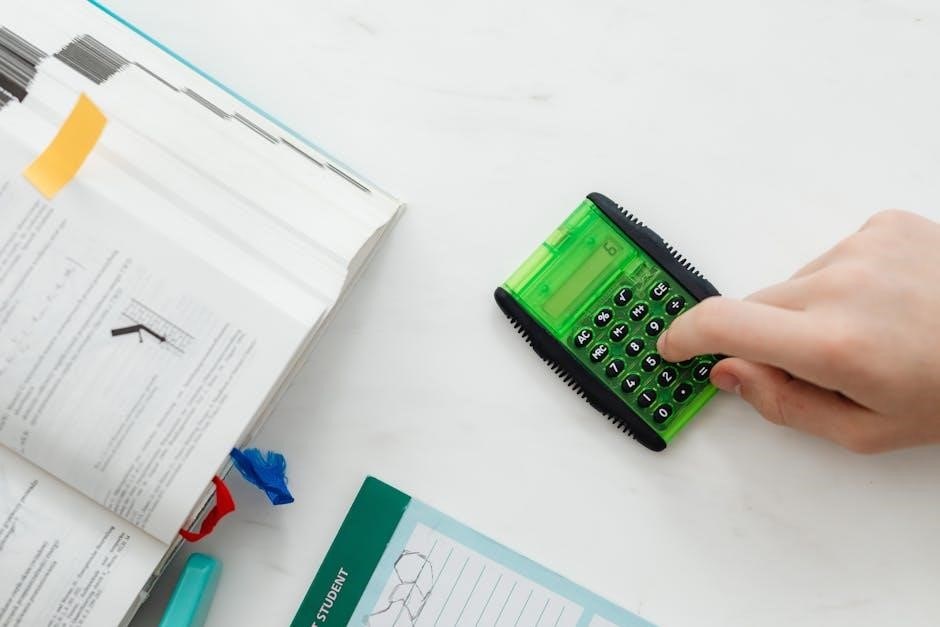
Common Mistakes When Multiplying Mixed Numbers
Common errors include forgetting to convert mixed numbers to improper fractions, incorrect simplification, and failure to reduce fractions before multiplying, leading to inaccurate results and wasted time.
Forgetting to Convert Mixed Numbers to Improper Fractions
One of the most frequent errors when multiplying mixed numbers is neglecting to convert them into improper fractions first. Mixed numbers consist of a whole number and a fraction, while improper fractions are purely fractional. To multiply accurately, both numbers must be in fraction form. Forgetting this step leads to incorrect calculations, as the whole number portion is not properly incorporated into the multiplication process. This oversight often results in confusion and inaccurate products. Consistent practice with worksheets can help students develop the habit of converting mixed numbers to improper fractions before proceeding with multiplication, ensuring better understanding and accuracy.
Incorrect Simplification of Fractions
Incorrect simplification of fractions is a common mistake when multiplying mixed numbers. After converting mixed numbers to improper fractions and multiplying, students often rush through simplifying the resulting fraction. This can lead to errors in reducing the numerator and denominator to their simplest form. For instance, failing to divide both by their greatest common divisor results in an improper or mixed number that isn’t fully simplified. This oversight can propagate through the entire problem, leading to an incorrect final answer. Practicing with worksheets that emphasize proper simplification steps can help students build this critical skill and improve accuracy in their calculations.
Failure to Reduce Before Multiplying
Failure to reduce fractions before multiplying is a frequent error when working with mixed numbers. Many students skip simplifying the numerators and denominators, leading to larger, more complicated products that are difficult to simplify afterward. This oversight often results in improper fractions that are not converted back to mixed numbers, making the final answer unnecessarily complex. To avoid this, it’s crucial to cross-cancel common factors between the numerators and denominators before performing the multiplication. Worksheets emphasizing this step can help students develop the habit of reducing fractions first, ensuring simpler calculations and more accurate results in their mixed number multiplication tasks.
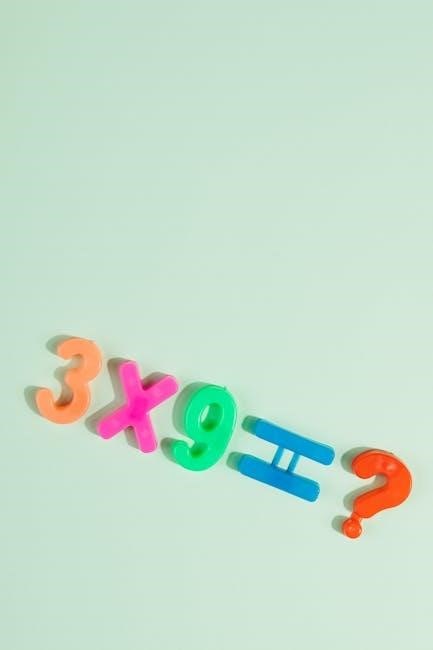
Real-World Applications of Multiplying Mixed Numbers
Mixed number multiplication is vital in everyday scenarios like cooking, construction, and finance, where precise measurements and calculations ensure accuracy and efficiency in various projects and tasks.
Using Mixed Numbers in Recipes and Cooking
Cooking often requires adjusting recipes, where mixed numbers are essential for scaling ingredients. For instance, doubling a recipe involving 2 1/2 cups of flour requires multiplying mixed numbers to maintain accuracy. This skill ensures precise measurements, which are crucial for achieving the desired taste and texture in dishes. Practicing with a worksheet helps master these calculations, making it easier to adapt recipes for different numbers of people or ingredient ratios. Whether baking or cooking, understanding how to multiply mixed numbers is a practical skill that enhances your ability to experiment and create in the kitchen with confidence.
Applying Mixed Number Multiplication in Construction
Mixed number multiplication is frequently used in construction to calculate materials, measurements, and scaling plans. For example, determining the amount of paint needed for a wall or the number of bricks required for a structure often involves multiplying mixed numbers. Construction projects require precise calculations to ensure accuracy and avoid costly errors. Worksheets on mixed number multiplication help professionals and students practice these skills, making it easier to apply them in real-world scenarios. This practical application highlights the importance of mastering mixed number operations for successful project planning and execution in the construction industry.
Using Mixed Numbers in Financial Calculations
Mixed numbers play a crucial role in financial calculations, such as determining investment returns, budgeting, and calculating interest rates. For instance, multiplying mixed numbers helps in calculating the total return on investments when reinvesting dividends. Worksheets on mixed number multiplication provide practical exercises to master these skills, ensuring accuracy in financial planning. Whether scaling expenses or income, understanding how to multiply mixed numbers is essential for making informed financial decisions. This skill is vital for professionals and individuals alike, as it directly impacts budget management and long-term financial stability.
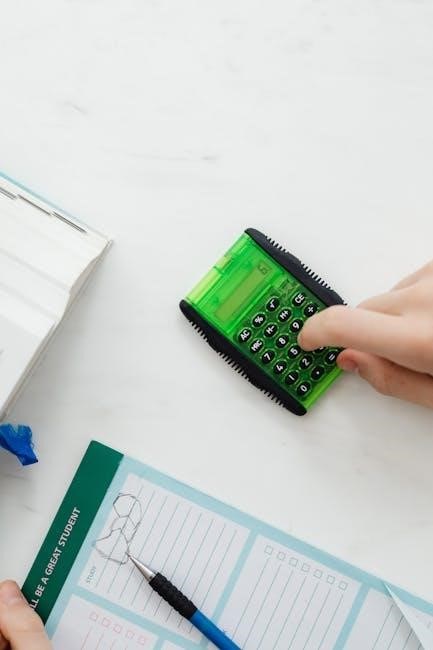
Assessing Understanding
Evaluate mastery of mixed number multiplication using quizzes, tests, and interactive activities. Worksheets track progress, ensuring comprehension and readiness for advanced math concepts through consistent practice and review.
Quizzes and Tests for Mixed Number Multiplication
Regular quizzes and tests are crucial for assessing students’ understanding of mixed number multiplication. These assessments help identify strengths and areas needing improvement. By using free printable PDF worksheets, educators can create tailored tests that cover various problem types, ensuring comprehensive evaluation. Timed quizzes enhance time management skills, while comprehensive tests measure long-term retention. Immediate feedback from these tools allows students to correct mistakes and reinforce their learning. Consistent assessment ensures a strong foundation in mixed number multiplication, preparing students for more complex mathematical challenges ahead.
Peer Review and Group Activities
Peer review and group activities are effective ways to enhance learning when working with mixed number multiplication. Students can exchange worksheets, review each other’s solutions, and discuss problem-solving strategies. Group activities, such as task cards, math riddles, and scoot games, encourage collaboration and friendly competition. Interactive worksheets and timed exercises can be incorporated into group settings to improve speed and accuracy. These activities not only foster teamwork but also provide diverse perspectives on solving multiplication problems. By engaging in peer review, students can identify common mistakes and learn from one another, strengthening their understanding of mixed number multiplication.
Using Worksheets to Track Progress
Worksheets are invaluable tools for tracking progress in multiplying mixed numbers. By completing regular exercises, students can monitor their improvement over time. Timed worksheets and interactive PDFs add an element of challenge, helping to build speed and accuracy. Many worksheets include answer keys, allowing students to self-assess and identify areas for further practice. Teachers can also use these resources to gauge class performance and adjust instruction accordingly. Progress tracking worksheets are available for different grade levels, ensuring personalized learning and continuous skill development in mixed number multiplication.
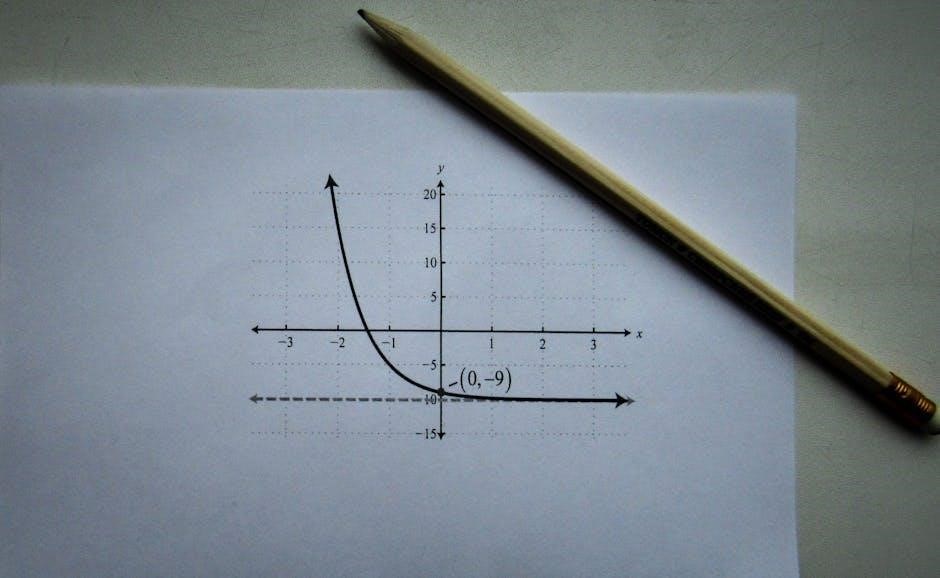
Additional Resources
Explore recommended websites, math software, and educational books for further practice and understanding of mixed number multiplication. These resources offer interactive tools and comprehensive guides to enhance learning.
Recommended Websites for Mixed Number Worksheets
Several websites offer high-quality resources for practicing mixed number multiplication. Math-Aids.Com provides an extensive collection of free, printable worksheets tailored for different grade levels. K5 Learning features interactive tools and detailed guides to simplify the learning process. EffortlessMath.com offers a wide range of PDF worksheets designed for various skill levels. These platforms are ideal for both teachers and students, ensuring comprehensive practice and mastery of mixed number multiplication. They also include answer keys and step-by-step solutions to help with understanding and feedback.
Math Software and Apps for Practice
Utilize math software and apps to enhance your practice of multiplying mixed numbers. Khan Academy offers free interactive exercises with detailed explanations. Photomath provides step-by-step solutions to scanned problems, ideal for understanding workflows. Duolingo includes engaging math drills in a gamified format. CK-12 offers adaptive fraction practice with real-time feedback. These tools cater to various learning styles, ensuring a comprehensive understanding of mixed number multiplication. They are perfect for both classroom and self-study environments, helping learners master the concept at their own pace.
Books and Guides on Fraction Multiplication
Enhance your learning with books and guides specifically designed for fraction multiplication. Titles like Fraction Fun and Mastering Fractions offer detailed lessons and exercises for understanding mixed number multiplication. These resources often include visual aids, step-by-step instructions, and practice problems tailored for different grade levels. Many guides, such as The Fraction Book, focus on real-world applications, making the concept relatable. Additionally, teacher guides provide structured lesson plans and activities to support classroom instruction. These books are invaluable for students, parents, and educators seeking to master fraction multiplication in an engaging and comprehensive manner. They complement worksheets and online tools perfectly.

Mastering the multiplication of mixed numbers is a valuable skill enhanced by consistent practice. Utilize worksheet resources effectively to ensure a deep understanding and confidence in solving problems involving mixed numbers.
Multiplying mixed numbers involves converting them to improper fractions, simplifying, and then multiplying. Worksheets provide structured practice, enhancing understanding and reducing errors. Real-world applications, such as cooking and construction, highlight the importance of mastering this skill. Consistent practice with worksheets ensures proficiency and confidence in solving problems involving mixed numbers. Proper conversion, simplification, and step-by-step processes are essential for accuracy. Utilizing visual aids and interactive tools can further reinforce learning. Regular practice helps identify common mistakes, such as improper conversion or simplification, ensuring a solid foundation in fraction multiplication. These resources make learning engaging and effective for all skill levels.
Encouragement to Continue Practicing
Consistent practice with mixed number multiplication worksheets is key to mastering this essential math skill. Each problem solved builds confidence and strengthens understanding, making real-world applications easier. Worksheets offer a variety of challenges, from simple to complex, ensuring well-rounded proficiency. Celebrate small victories along the way, as every correct answer brings you closer to expertise. Regular practice not only improves accuracy but also enhances problem-solving speed and efficiency. Embrace the process, stay persistent, and remember that mastery is within reach. Keep sharpening your skills, and soon you’ll approach mixed number multiplication with ease and confidence!
